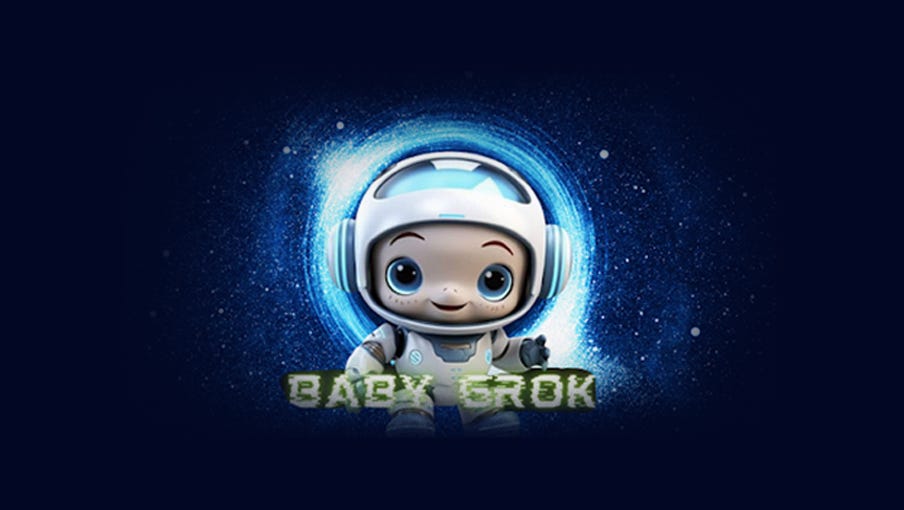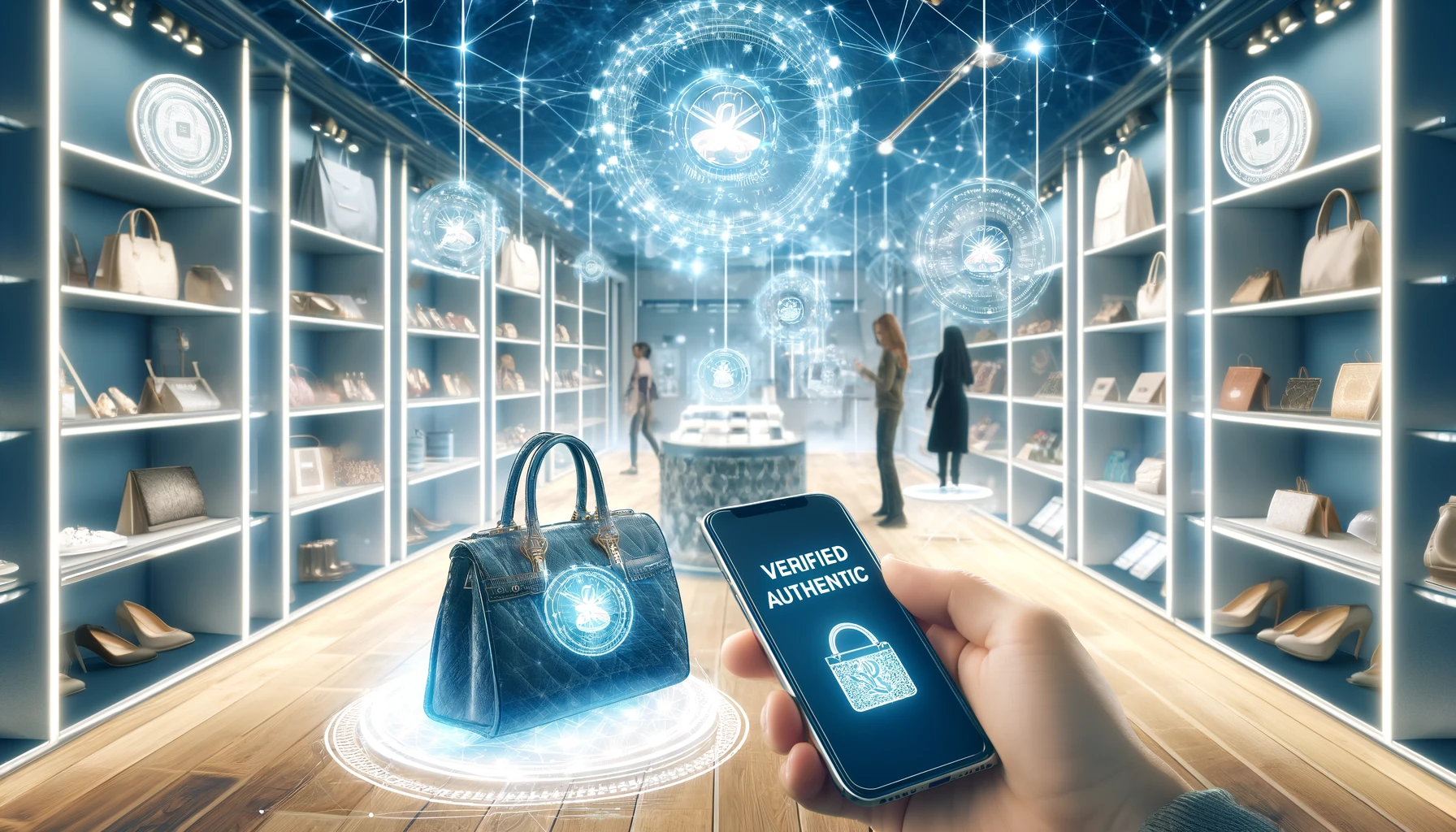Non-fungible tokens (NFTs) burst onto the scene like a pixelated rocket, captivating headlines and igniting fiery debates. But amidst the glitz and controversy, a quieter revolution hums. NFTs are slithering out of the digital shadows and into tangible real-world applications, from art collecting to video game economies, and even the murky depths of your morning coffee. Let’s dive into the fascinating realm where bits meet atoms, exploring how NFTs are transforming various sectors, one token at a time.
In the digital age, the rise of Non-fungible tokens (NFTs) has been nothing short of revolutionary. These unique digital assets, represented on the blockchain, have transcended the confines of the virtual realm and are making a significant impact on the tangible world we live in. From art to gaming and even the intricacies of supply chains, NFTs are becoming a transformative force, redefining ownership, value, and interaction in unprecedented ways.
The Brief History of NFTs
The concept of NFTs emerged in the early 2010s, with the creation of colored coins on the Bitcoin blockchain. However, it wasn’t until the advent of Ethereum in 2015 that the true potential of NFTs was unlocked. Ethereum’s smart contracts allowed for the creation of unique, indivisible tokens, giving birth to the era of non-fungible tokens. The market gained mainstream attention in 2017, and in 2021, Beeple’s “Everydays: The First 5000 Days” sold for a staggering $69.3 million, marking a watershed moment for NFTs in the art world.
Art and Collectibles: Owning the Uncopyable
NFTs have democratized art ownership, enabling artists to mint digital creations onto the blockchain, turning them into tradable assets. Beeple’s record-breaking sale not only legitimized NFTs as a valuable asset class but also paved the way for platforms like NBA Top Shot, allowing fans to own iconic sports moments as digital treasures. The intersection of art and technology has created a global marketplace where creativity knows no bounds.
Gaming: Play, Earn, Own
NFTs have transcended the boundaries of traditional gaming by introducing play-to-earn models. Games like Axie Infinity have players raising, battling, and trading digital creatures, earning cryptocurrency in the process. Beyond mere entertainment, NFTs grant ownership of virtual land and items, fostering decentralized in-game economies. Platforms like The Sandbox and Decentraland are leading the charge, transforming the gaming landscape into a player-driven universe where virtual assets hold real-world value.
Supply Chain: Tracking Every Bean
NFTs are infiltrating the opaque world of supply chains, bringing unprecedented transparency to the movement of physical goods. By attaching NFTs to products, companies can trace their journey from origin to destination, combating counterfeiting and enhancing consumer trust. Provenance, a company using NFTs for luxury goods, exemplifies this by tracking the ownership and authenticity of high-end items. Giants like Microsoft and Walmart are also piloting NFT-powered projects to revolutionize food industry traceability.
The Future: A Tangled Web of Bits and Atoms
The NFT market, though young, holds immense potential for real-world impact. As technology matures and adoption increases, NFTs are poised to revolutionize various sectors. Concert tickets, medical records, identity management, and real estate ownership are just a few areas where NFTs could redefine how we perceive and interact with the physical world. Whether met with skepticism or enthusiasm, one thing remains clear: NFTs are here to stay, extending their influence beyond digital art into the realms of coffee beans, concert tickets, and even personal identity. The future promises to be a wild ride as the boundaries between the digital and physical continue to blur.




